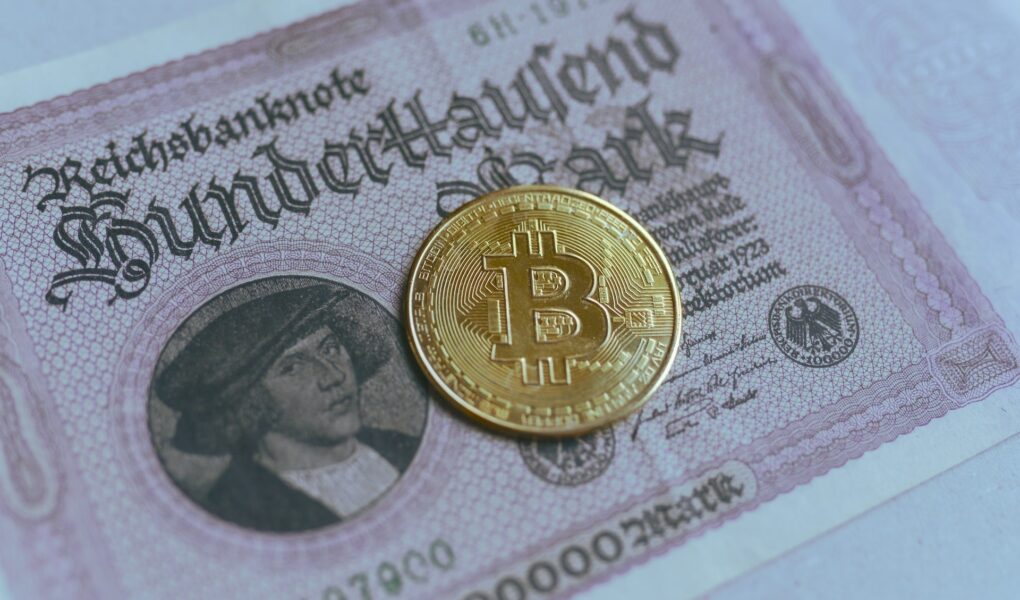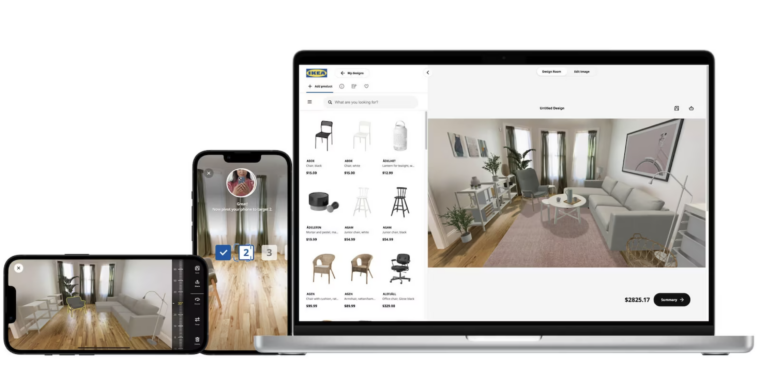Contents
In an era ruled by technology, local payment methods, also known as alternative payment methods (APM), bring products and services closer to people across the globe. These days, e-commerce and brick-and-mortar businesses are more open to collecting non-credit and non-cash payments.
But what are APMs, and why are they important in e-commerce? Who benefits the most from the new payment method? These answers and more will be revealed in this article. Welcome onboard!
What are Alternative Payment Methods (APM)?
Alternative payment methods (APM) refer to any form of payment that isn’t cash; they are alternatives to mainstream payment methods such as credit cards or cash. Generally, APM refers to a new means of making payments that are not cash or credit cards. Some examples of APMs include:
- Bank transfers
- Prepaid cards
- Digital wallets or E-wallets
- Local cards
- Cryptocurrencies
- Loyalty programs
- Buy Now, Pay Later (BNPL)
Why Alternative Payment Methods Have Become More Popular
According to reports from CNBC, the pandemic has caused a rise in demand for contactless payment, spurring the shift from cash to alternative payment options. Experts predict that by 2026, e-wallets will increase by 53%. This increase is happening globally, with countries like the Netherlands recording a 60% increase in the use of digital payment for shopping transactions. This shift from cash to contactless payment is mainly because of the numerous benefits of APMs. Customers have a lot to gain, but so do businesses as well. Some of the advantages of APMs include the following:
-
Increased Sales
By providing other options for customers to make payments, you will reduce the chances of cart abandonment. Besides, APM enables customers to make payments from anywhere in the world, thus increasing sales.
-
Smooth Checkout Process
Difficulty with making payments can deter customers from finalizing their purchases. Fortunately, APMs help simplifies the payment process, making it easy for customers to complete their purchase.
-
Saves Cost
The processing fees of credit cards can accumulate over time, thereby eating into your profit margins. But with APMs, there are minimal or almost no cost implications, which is great for businesses. Also, customers get to save on transaction fees that are usually charged each time they use their debit or credit cards.
-
Improved Customer Experience
Since APMs make payment easier and seamless, customers can pay for items anytime and from anywhere without the need for cash or credit/debit cards. APMs are fast, easy, seamless, and less expensive; you can finalize purchases with just a few clicks. All of this enhances the customer experience.
-
Enhanced Security
Cyber security issues affect merchants and customers, hence the reason customers hardly finalize payments. However, some APMs offer extra layers of security and safety, such as requesting passwords and usernames. Alternative security measures like fingerprint recognition and facial ID can help minimize the risk of fraud.
Types of Alternative Payment Methods
There are various types of APMs available worldwide. The most popular ones include the following:
-
Electronic Wallets
This is one of the most popular alternative payment methods. The payment method lets customers store credit and debit cards, gift cards, tickets, boarding passes, loyalty cards, and coupons. With e-wallets, you don’t have to carry cash or cards around. However, while digital wallets are popular and common, only a few e-commerce stores support the payment option.
-
Mobile Payment
Mobile payment is a highly recommended payment gateway. It involves the use of smartphones to make payments. Shoppers can pay into their mobile payment app, from which they can pay for items online. It can also be used for QR codes and SMS transactions. Like digital wallets, there are many mobile apps available for use.
-
Buy Now Pay Later (BNPL)
BNPL is a payment method that allows customers to purchase items and pay later. Customers can also pay in installments where a one-time payoff is impossible. Unlike credit cards, BNPL does not affect customers’ credit scores, and there is typically no interest rate involved unless the customer defaults in payment.
-
Bank Transfers
Also known as wire or online transfers, bank transfers allow customers to make online purchases by making direct payments into the business account. Most bank transfers are easy and seamless and only take a couple of seconds.
-
Direct Debit
Direct debit is mostly used for recurring payments or subscription-based services. Here, customers approve merchants withdrawing a fixed amount from their bank account for a certain period.
Final Thought
With the changing business models, payment methods are also changing from conventional cash and credit cards to alternative payment methods. These APMs are empowering e-commerce businesses and customers.
For the latter, it gives them the freedom to choose their preferred payment method, and for the former, it allows them to offer a better customer experience, leading to more sales. Thus, APMs are a win-win for everyone.



